Are you interested in growing a garden but don’t have much space? A patio garden may be the perfect solution for you!
How to grow a patio garden is an excellent way to bring greenery into your living space, even if you have limited room. Whether you live in an apartment, a townhouse, or any home with a small outdoor area, a patio garden allows you to enjoy the beauty of nature while cultivating your own plants. From vibrant flowers and fragrant herbs to fresh vegetables, a patio garden can provide both aesthetic appeal and practical benefits. With the proper planning, tools, and techniques, anyone can create a thriving garden in a compact space.
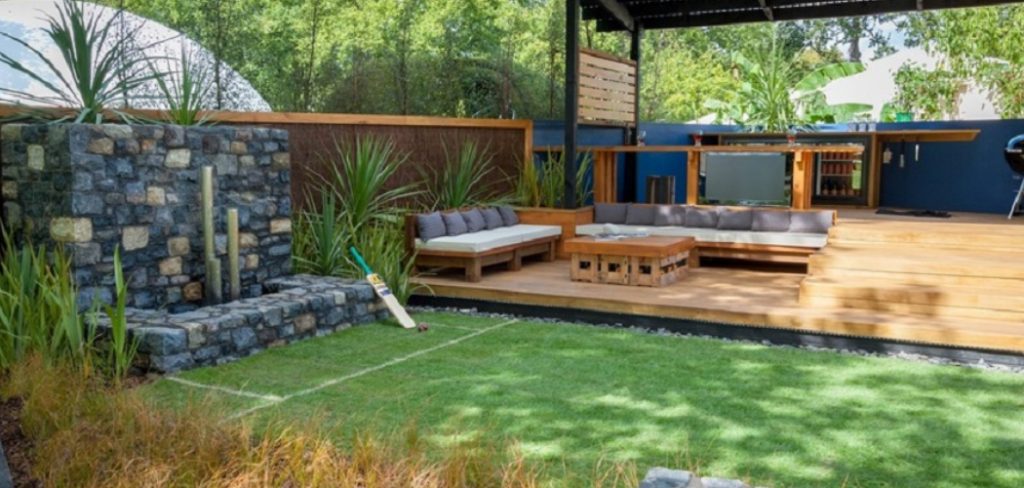
This guide will walk you through the essential steps to start and maintain your patio garden.
What Are the Benefits of a Patio Garden?
Before diving into the details of how to grow a patio garden, let’s explore some of its benefits.
- Maximizes Limited Space: The most obvious benefit of a patio garden is its ability to fit in small spaces. It allows you to utilize any unused outdoor area, such as a balcony or deck, or even an interior space with plenty of natural light.
- Easy Maintenance: A more miniature garden means less upkeep and maintenance. With fewer plants and less ground to cover, you can easily manage your patio garden without spending hours.
- Personalization: A patio garden is your chance to express your creativity and style. You can choose from various plants, containers, and arrangements to create a personalized oasis that reflects your taste.
- Accessibility: Having a garden on your patio means you can quickly grab fresh herbs or vegetables for cooking whenever needed. It also allows people with mobility issues to enjoy gardening without the physical strain of traditional gardens.
What Will You Need?
Before planting, you must gather some essential tools and materials for your patio garden. Here’s an essential list of supplies that will come in handy:
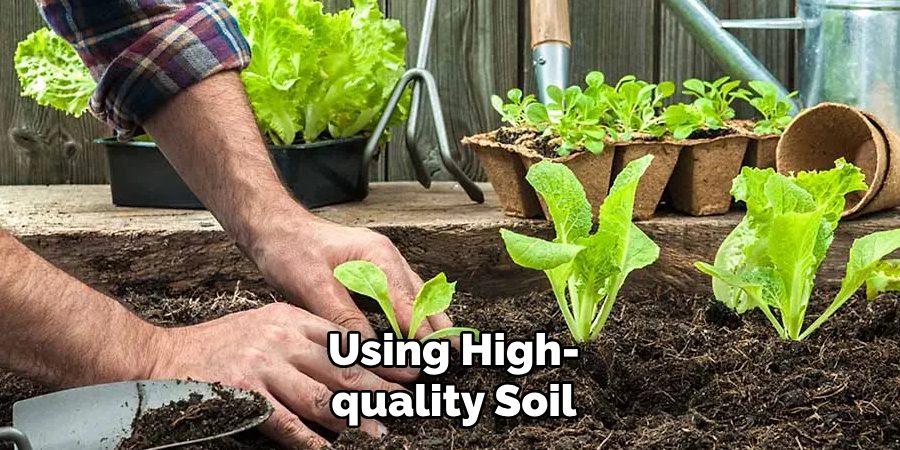
- Containers: The most crucial aspect of a patio garden is the containers you choose to grow your plants in. You can use any container if it has proper drainage holes and is large enough for the plant to grow.
- Soil: Using high-quality soil is crucial for the success of your patio garden. Look for a potting mix specially formulated for container gardening, as it contains nutrients that promote healthy growth.
- Plants: Select plants that are suitable for the amount of light and space available on your patio. Consider the climate in your area and choose plants that can thrive in those conditions.
- Watering Can/Hose: Your patio garden will need regular watering, so make sure you have a watering can or hose readily available.
- Fertilizer: While not necessary, using a slow-release fertilizer for potted plants can provide essential nutrients to keep them healthy.
Once you have these items, you can start building your patio garden!
9 Easy Steps on How to Grow a Patio Garden
Step 1: Plan Your Garden
The first step to creating a thriving patio garden is thoughtful planning. Start by assessing the space available on your patio, including its dimensions and layout. Take note of how much sunlight each area receives throughout the day, as this will influence the types of plants you should choose. Consider whether your patio has any shaded spots, as these might be ideal for plants that prefer indirect light.
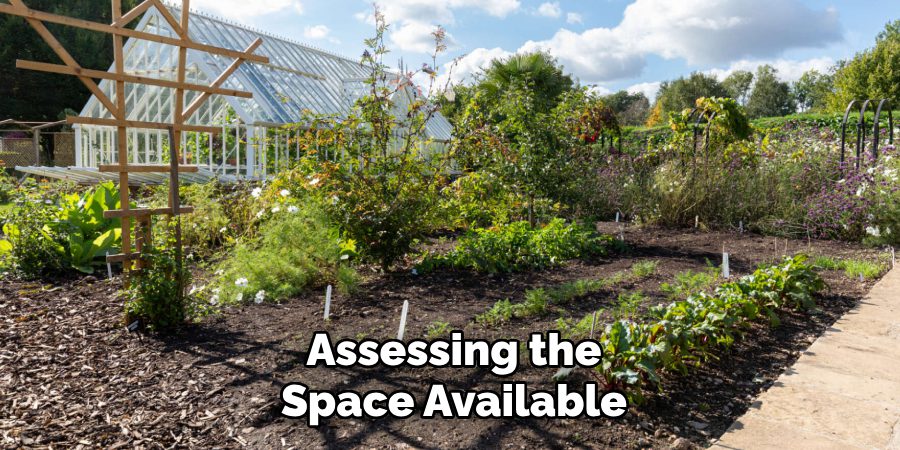
Consider what you want to grow—vegetables, herbs, flowers, or a mix of all three—and determine how much space each type will require. Additionally, decide on the arrangement of containers or planters, ensuring enough room to move around and tend to your garden comfortably. Proper planning at this stage will help establish a sustainable and visually appealing patio garden.
Step 2: Choose the Right Containers
Selecting the appropriate containers is crucial for the success of your patio garden. Containers come in various sizes, shapes, and materials, such as plastic, clay, or metal. Ensure the pots you choose have proper drainage holes to prevent waterlogging, which can harm your plants. Consider the size of your plants when selecting containers; larger plants will need more bottomless pots to accommodate their root systems. If you’re working with limited space, vertical planters or hanging baskets can maximize your garden area while adding visual interest. Choosing the proper containers will give your plants the foundation to grow strong and healthy.
Step 3: Select the Best Plants
Choosing the right plants for your patio garden ensures its success. Consider the amount of sunlight your patio receives throughout the day, which influences which plants thrive in your space. Choose sun-loving plants such as tomatoes, peppers, or marigolds for sunny patios. Shadier areas may be better suited for ferns, herbs like mint, or leafy greens like spinach. Additionally, consider your region’s climate and growing conditions to select plants well-adapted to your environment. Mixing flowers, herbs, and vegetables can create a diverse and vibrant patio garden while catering to aesthetic and practical needs.
Step 4: Proper Watering Techniques
Proper watering is a critical aspect of maintaining a healthy patio garden. Plants in containers often dry out more quickly than ground ones, so regular monitoring is key. Water your plants early in the morning or late in the afternoon to minimize water loss from evaporation. Make sure each container has proper drainage to prevent water from pooling and causing root rot. Consider using a watering can or a gentle hose attachment to avoid disturbing the soil or damaging delicate plants. Additionally, incorporating self-watering pots or adding a layer of mulch can help retain moisture and reduce watering frequency.
Step 5: Fertilizing Your Plants
Fertilizing is essential for providing the nutrients your patio garden plants need to thrive. Container plants can deplete the nutrients in the soil over time, so regular replenishment is necessary. Use a balanced, slow-release fertilizer or liquid fertilizer suited to the specific needs of your plants. Be cautious not to over-fertilize, as this can damage roots or lead to excessive foliage growth at the expense of flowers or fruits. Consider using natural options like compost, worm castings, or liquid seaweed fertilizer for organic gardening. Always follow the recommended application rates and timing to ensure your plants grow strong and healthy.
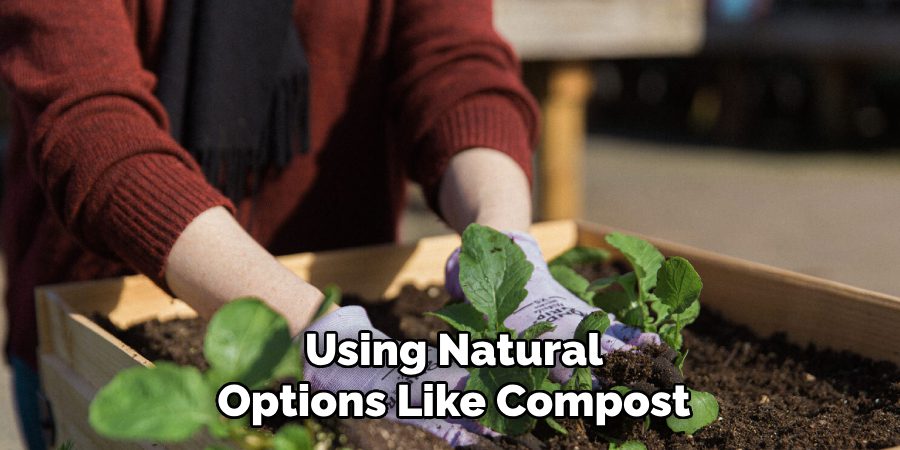
Step 6: Pruning and Maintenance
Regular pruning and maintenance are crucial for keeping your patio garden plants healthy and attractive. Remove dead, yellowing, or damaged leaves to encourage new growth and prevent pests or diseases from spreading. For flowering plants, deadhead spent blooms to promote more flowers and extend the blooming period. Keep an eye out for weeds in your containers and remove them promptly to prevent competition for nutrients. Additionally, inspect your plants regularly for any signs of pests or diseases and take appropriate action if needed. Consistent care will ensure your patio garden remains vibrant and flourishing.
Step 7: Watering Wisely
Proper watering is essential for the success of your patio garden. Ensure each plant receives the appropriate amount of water based on specific needs. Overwatering can lead to root rot, while underwatering can cause plants to wilt and dry out. Check the soil regularly by touching the top layer—if it feels dry, it’s time to water. Use a watering can or a gentle spray nozzle to avoid damaging delicate plants. Early morning or late evening is typically the best time to water, as it minimizes evaporation and allows plants to absorb moisture effectively. Always be mindful of drainage, ensuring that excess water can escape from the bottom of your containers to prevent waterlogging.
Step 8: Pest and Disease Control
Pests and diseases can quickly damage your patio garden if left unchecked. Regularly inspect your plants for signs of pests such as aphids, mealybugs, or caterpillars. If you spot a problem, take appropriate action immediately to prevent it from spreading. There are various natural methods for pest control, including using insecticidal soap and horticultural oil or introducing beneficial insects like ladybugs into your garden. Remove affected leaves promptly for diseases like powdery mildew or leaf spots and ensure that plants have proper air circulation to prevent moisture buildup. Properly managing pests and diseases will keep your patio garden healthy and thriving.
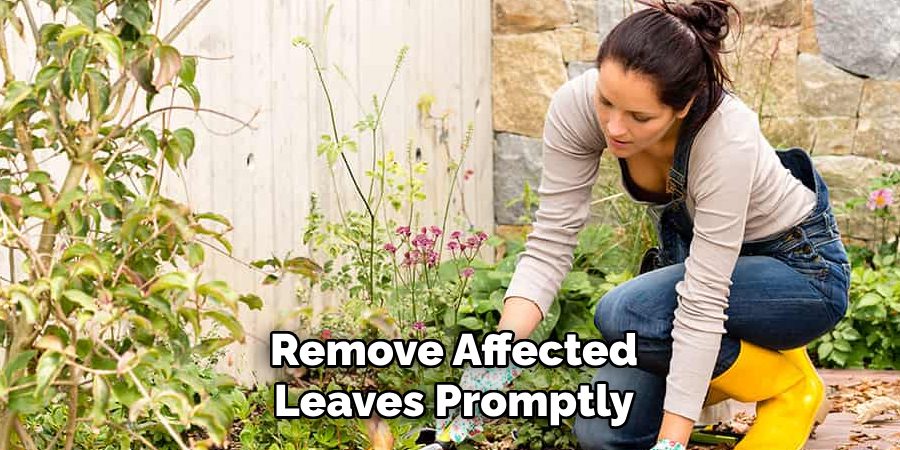
Step 9: Harvesting and Enjoying Your Garden
As your plants grow, you will eventually enjoy the fruits of your labor. Harvest ripe vegetables, herbs, or fruits regularly to ensure they continue producing throughout the season. Flowers can also be picked for arrangements or dried for potpourri. Remember to leave some produce on the plant for it to ripen fully and produce seeds for future planting. Sit and relax in your patio garden, enjoying its sights, smells, and sounds. Invite friends over for a backyard picnic surrounded by the beauty of nature. A well-maintained patio garden provides nourishment and a peaceful retreat from the hustle and bustle of daily life.
By following these steps, you can create a beautiful and bountiful patio garden that will bring joy and satisfaction for years.
Conclusion
How to grow a patio garden is a rewarding endeavor that combines beauty, functionality, and personal fulfillment.
With proper planning, the right choice of plants, and consistent care, your patio can be transformed into a lush, vibrant oasis. Whether you want to grow fresh produce, cultivate stunning flowers, or simply create a serene outdoor space, building and maintaining a patio garden brings immense joy and satisfaction.
By nurturing your garden, you not only enhance your outdoor living area but also foster a deeper connection with nature. A patio garden is more than just a project; it’s a labor of love that enriches your life year-round.

Professional Focus
Oliver Wood, a passionate patio designer, specializes in creating comfortable and inviting outdoor spaces that enhance relaxation and entertainment. His work combines a deep understanding of design with a love for nature, making him a standout professional in the field of outdoor living spaces. Through his thoughtful approach, he transforms everyday patios into extraordinary retreats for family and friends.
About the Author
Oliver Wood, a skilled patio designer, shares his expertise on outdoor living through his designs and insights. With a background in patio design and a genuine passion for creating beautiful spaces, he encourages others to invest in their outdoor environments, enhancing their homes with functional and inviting spaces for relaxation and entertainment.
Education History
University: Virginia Union University
Oliver’s education equipped him with the knowledge and skills to design patios that merge aesthetics with comfort, transforming outdoor areas into beautiful extensions of the home.
Expertise:
- Patio Design and Outdoor Living Spaces
- Functional and Aesthetic Landscaping
- Comfortable and Inviting Outdoor Environments
- Design Philosophy for Family-Oriented Spaces
- Creating Spaces for Relaxation and Entertainment
